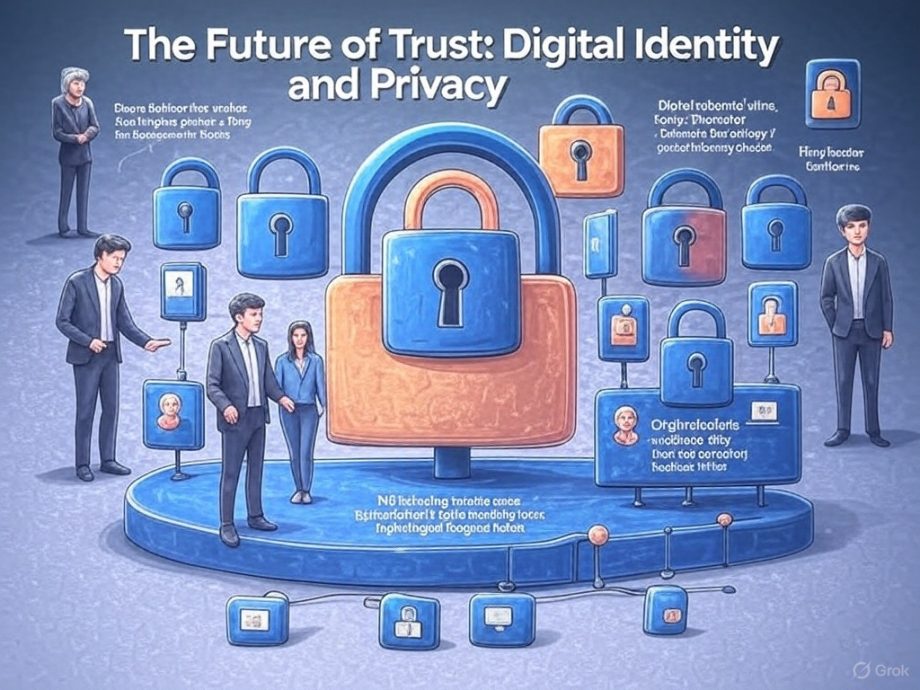
Introduction
In a world where our most important interactions—banking, healthcare, voting, work—are happening online, trust has become one of the most valuable (and vulnerable) currencies.
At the center of that trust lies digital identity. But as the web grows more complex, the systems we use to prove who we are are still stuck in the past—fragmented, insecure, and easily abused.
So what does the future of trust look like? And how do we build digital identity systems that protect privacy, enable security, and empower individuals?
1. The Problem with Identity Today
Most of us manage dozens of digital identities—accounts, passwords, usernames—across platforms. These credentials often rely on weak security (hello, “123456”) and are stored in centralized databases vulnerable to breaches.
🧨 One password leak can compromise your entire digital life.
And worse, we don’t really own our identities—platforms do.
2. Enter: Decentralized Digital Identity (DID)
Decentralized identity systems flip the model. Instead of relying on centralized platforms, users hold verifiable credentials issued by trusted sources (like a university or government) and stored in secure digital wallets.
🔐 You control your identity—and decide who sees what.
These credentials could prove:
- Your age (without revealing your birthday)
- Your degree (without sharing your transcript)
- Your citizenship (without exposing your full ID)
3. Privacy-First Design Is Non-Negotiable
The future of identity must prioritize privacy by design. That means:
- Selective disclosure: Only reveal what’s necessary
- Zero-knowledge proofs: Prove something is true without sharing the data
- Encryption and self-custody: You control your information, not Big Tech
🧠 Trust = transparency + control + consent
4. Real-World Applications Are Already Emerging
We’re already seeing digital identity systems in action:
- eIDAS in the EU: Secure identity across member states
- Aadhaar in India: Biometric digital identity system for over 1 billion people
- Worldcoin and others experimenting with biometric-based global ID
In Web3, logins using wallets instead of passwords are becoming the norm.
🌐 The identity layer of the internet is being rebuilt—right now.
5. The Risks We Need to Watch
With great power comes great responsibility. As digital identity evolves, we must guard against:
- Surveillance creep: Government overreach into private data
- Biometric abuse: Fingerprints and iris scans can’t be changed if stolen
- Exclusion: What happens when someone lacks access to a digital ID?
⚖️ Inclusion, consent, and accountability must be baked into the system.
Conclusion
The future of trust isn’t based on passwords or platforms—it’s based on empowered individuals owning their identity and privacy. As we move into a more connected digital world, we must build infrastructure that earns trust, not just demands it.
🔐 Takeaway: In the digital age, identity is power. Let’s make sure it stays in the hands of the people.

